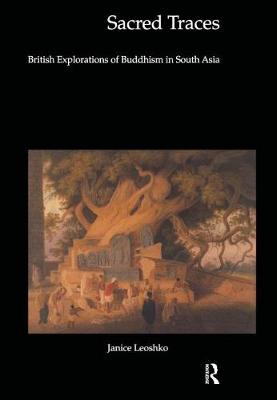Histories of Vision
1 total work
In his novel Kim, in which a Tibetan pilgrim seeks to visit important Buddhist sites in India, Rudyard Kipling reveals the nineteenth-century fascination with the discovery of the importance of Buddhism in India's past. Janice Leoshko, a scholar of South Asian Buddhist art uses Kipling's account and those of other western writers to offer new insight into the priorities underlying nineteenth-century studies of Buddhist art in India. In the absence of written records, the first explorations of Buddhist sites were often guided by accounts of Chinese pilgrims. They had journeyed to India more than a thousand years earlier in search of sacred traces of the Buddha, the places where he lived, obtained enlightenment, taught and finally passed into nirvana. The British explorers, however, had other interests besides the religion itself. They were motivated by concerns tied to the growing British control of the subcontinent. Building on earlier interventions, Janice Leoshko examines this history of nineteenth-century exploration in order to illuminate how early concerns shaped the way Buddhist art has been studied in the West and presented in its museums.
